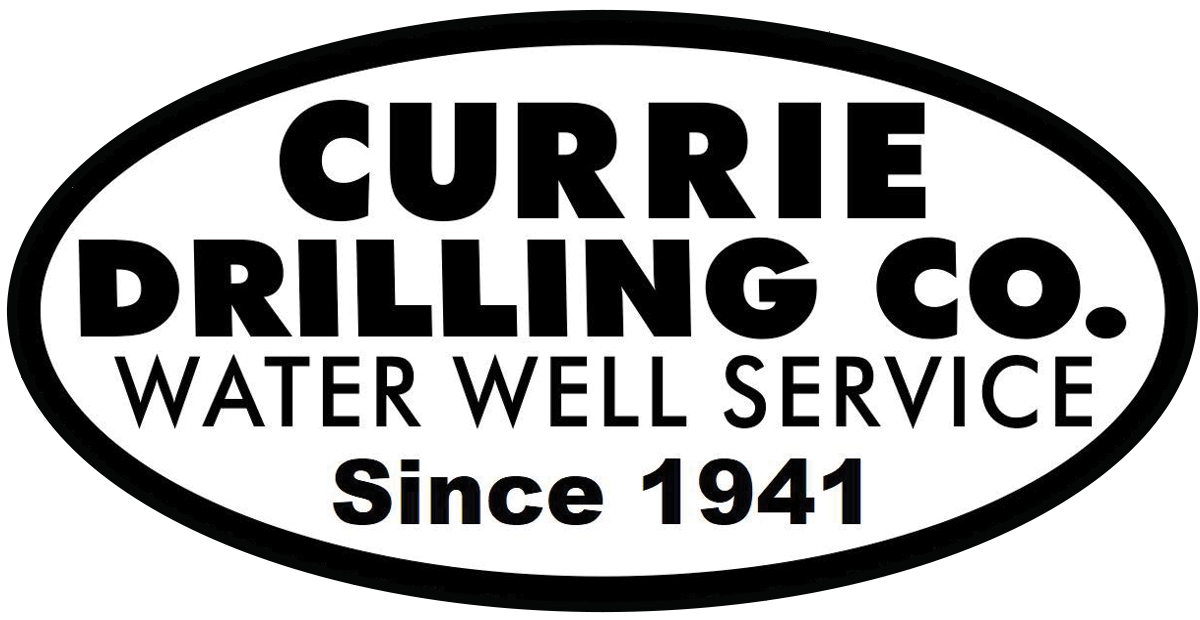What could be causing low pressure?
Pressure Tank Problems
• Bladder Failure: If the pressure tank’s bladder or diaphragm has failed, the tank may not maintain the correct pressure.
• Incorrect Pressure Settings: The pressure switch may be set too low. Most systems have a cut-in (low) and cut-out (high) pressure setting, typically around 30/50 psi or 40/60 psi.
Possible Solution:
• Check the air pressure in the tank (should be 2 psi below the cut-in pressure).
• Adjust or replace the pressure switch if needed.
Pressure Switch Malfunction
• The pressure switch could be faulty, dirty, or stuck, causing it to misread or not activate the pump correctly.
Solution:
• Inspect the contacts on the switch for wear or debris. Clean or replace the switch if necessary.
Pump Issues
• Worn or Damaged Pump: The well pump may not be working efficiently, leading to reduced water pressure.
• Pump Size Inadequate: If you recently added fixtures or increased water demand, the pump may not be sized correctly.
Solution:
• Inspect or have a professional assess the pump. Replacement or upgrades may be necessary.
Clogged Pipes or Filters
• Sediment, scale, or rust could clog pipes or filters, restricting water flow.
• Check inline filters, especially after any recent well maintenance or heavy rain events.
Solution:
• Clean or replace clogged filters.
• Flush or inspect pipes for blockages.
Well Water Level Drop
• If the water table has dropped, the pump may struggle to maintain pressure. This is common in drought conditions.
Solution:
• Monitor water levels and consider lowering the pump or adding a booster pump if feasible.
Leaks in the System
• Leaks in pipes, fittings, or the pressure tank can reduce water pressure.
Solution:
• Inspect the entire system for visible leaks. Repair or replace any damaged sections.
7. Faulty Check Valve
• A check valve prevents water from flowing back into the well. If it’s not functioning, the system can lose pressure.
Solution:
• Check the valve for proper operation and replace if necessary
